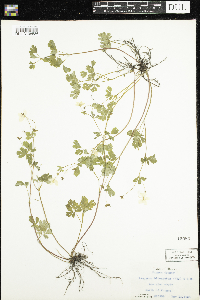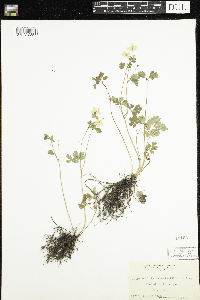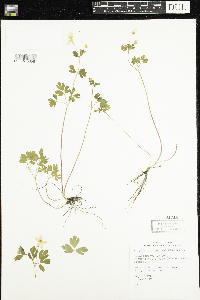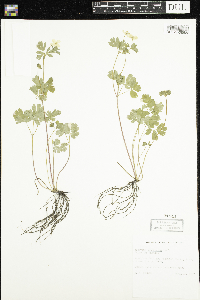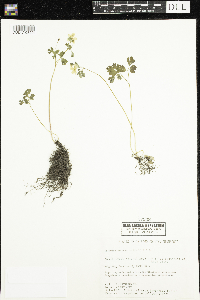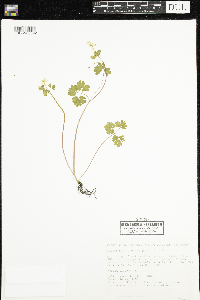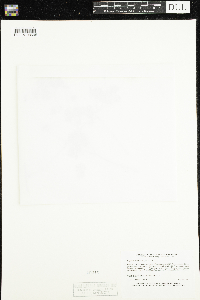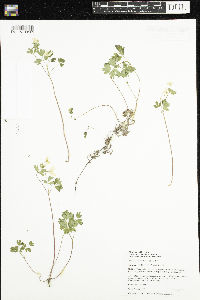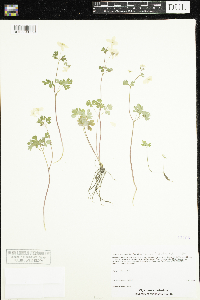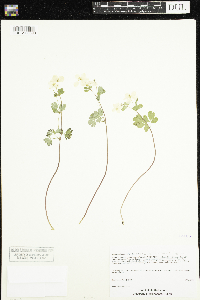University of Minnesota
http://www.umn.edu/
612-625-5000
http://www.umn.edu/
612-625-5000
Minnesota Biodiversity Atlas
Bell Museum
Dataset: DUL-
Taxa: Isopyrum
Search Criteria: excluding cultivated/captive occurrences
1
Page 1, records 1-10 of 10
Olga Lakela Herbarium, University of Minnesota Duluth | |
DUL | Isopyrum biternatum (Raf.) Torr. & A. Gray 15080[DUL-V-08586]Chase, Virginius H. 109881950-05-13 United States, Illinois, Putnam |
DUL | Isopyrum biternatum (Raf.) Torr. & A. Gray 15154[DUL-V-08585]Chase, Virginius H. 93051948-04-22 United States, Illinois, Peoria |
DUL | Isopyrum biternatum (Raf.) Torr. & A. Gray 31716[DUL-V-08587]Ridley, B.L. 51957-05-06 United States, Iowa, Story, S33 |
DUL | Isopyrum biternatum (Raf.) Torr. & A. Gray 31841[DUL-V-08588]Barnum, A.H. 31957-04-19 United States, Iowa, Story |
DUL | Isopyrum biternatum (Raf.) Torr. & A. Gray 37938[DUL-V-08591]Severson, M. 771980-05-15 United States, Minnesota, Chisago, T36N R21W SE¼ SE¼ S12 |
DUL | Isopyrum biternatum (Raf.) Torr. & A. Gray 38279[DUL-V-08592]Lustig, Karen 2411979-05-14 United States, Minnesota, Sherburne, T32N R26W R27W/T121N R23W R24W |
DUL | Isopyrum biternatum (Raf.) Torr. & A. Gray 40012[DUL-V-08595]Myhre, Karen M. 36081993-05-19 United States, Minnesota, Pine, T38N R19W SW¼ NW¼ S7 |
DUL | Isopyrum biternatum (Raf.) Torr. & A. Gray 40713[DUL-V-08589]Walton 19791996-05-22 United States, Wisconsin, Douglas, T48N R14W W1/2 S23 |
DUL | Isopyrum biternatum (Raf.) Torr. & A. Gray 42405[DUL-V-08594]Pomroy-Petry, D.L. 9452000-04-26 United States, Minnesota, Fillmore, T103N R12W S9 |
DUL | Isopyrum biternatum (Raf.) Torr. & A. Gray 42406[DUL-V-08593]Pomroy-Petry, D.L. 9532000-04-27 United States, Minnesota, Houston, T103N R6W |
1
Page 1, records 1-10 of 10
Google Map
Google Maps is a web mapping service provided by Google that features a map that users can pan (by dragging the mouse) and zoom (by using the mouse wheel). Collection points are displayed as colored markers that when clicked on, displays the full information for that collection. When multiple species are queried (separated by semi-colons), different colored markers denote each individual species.
